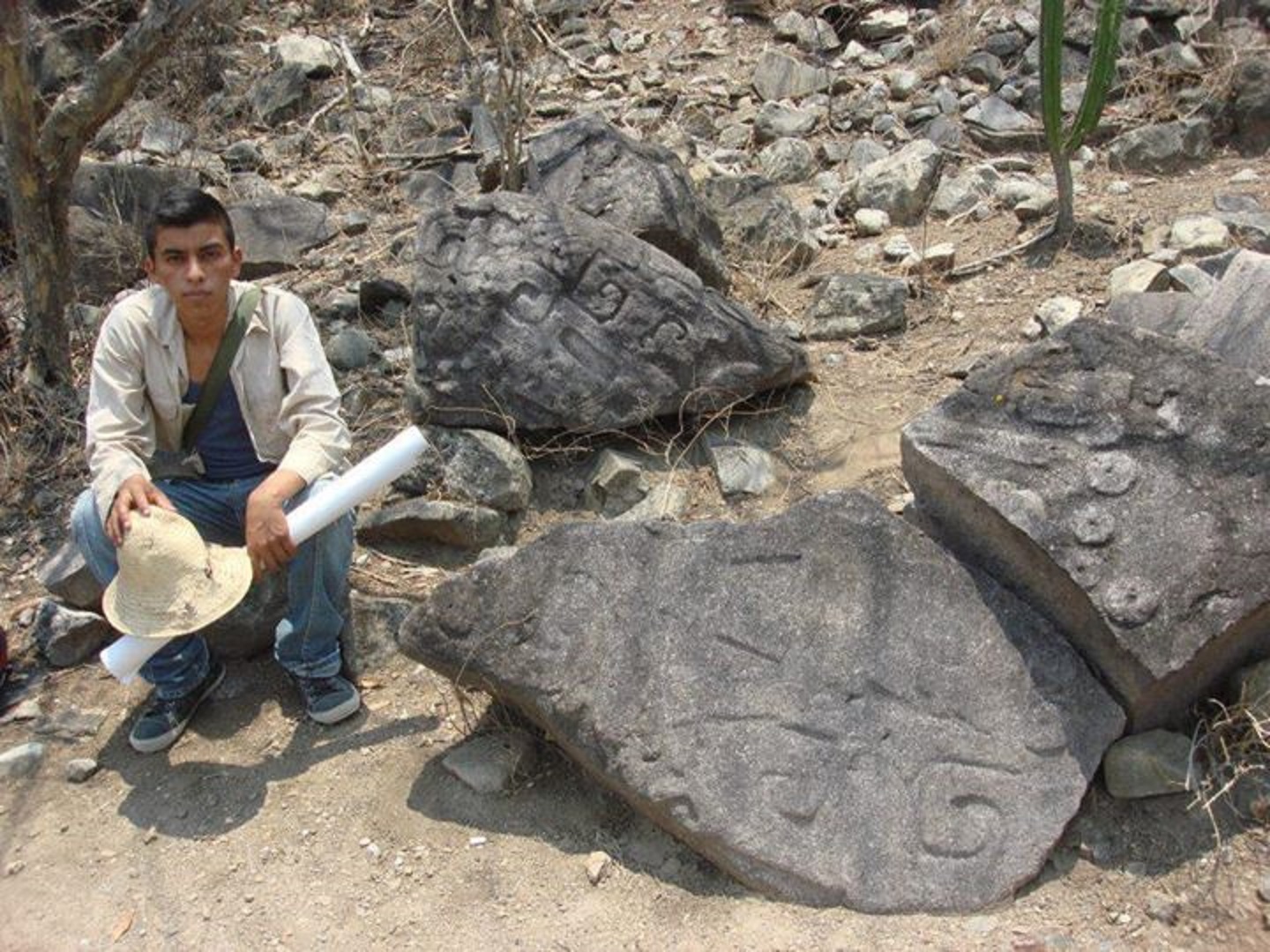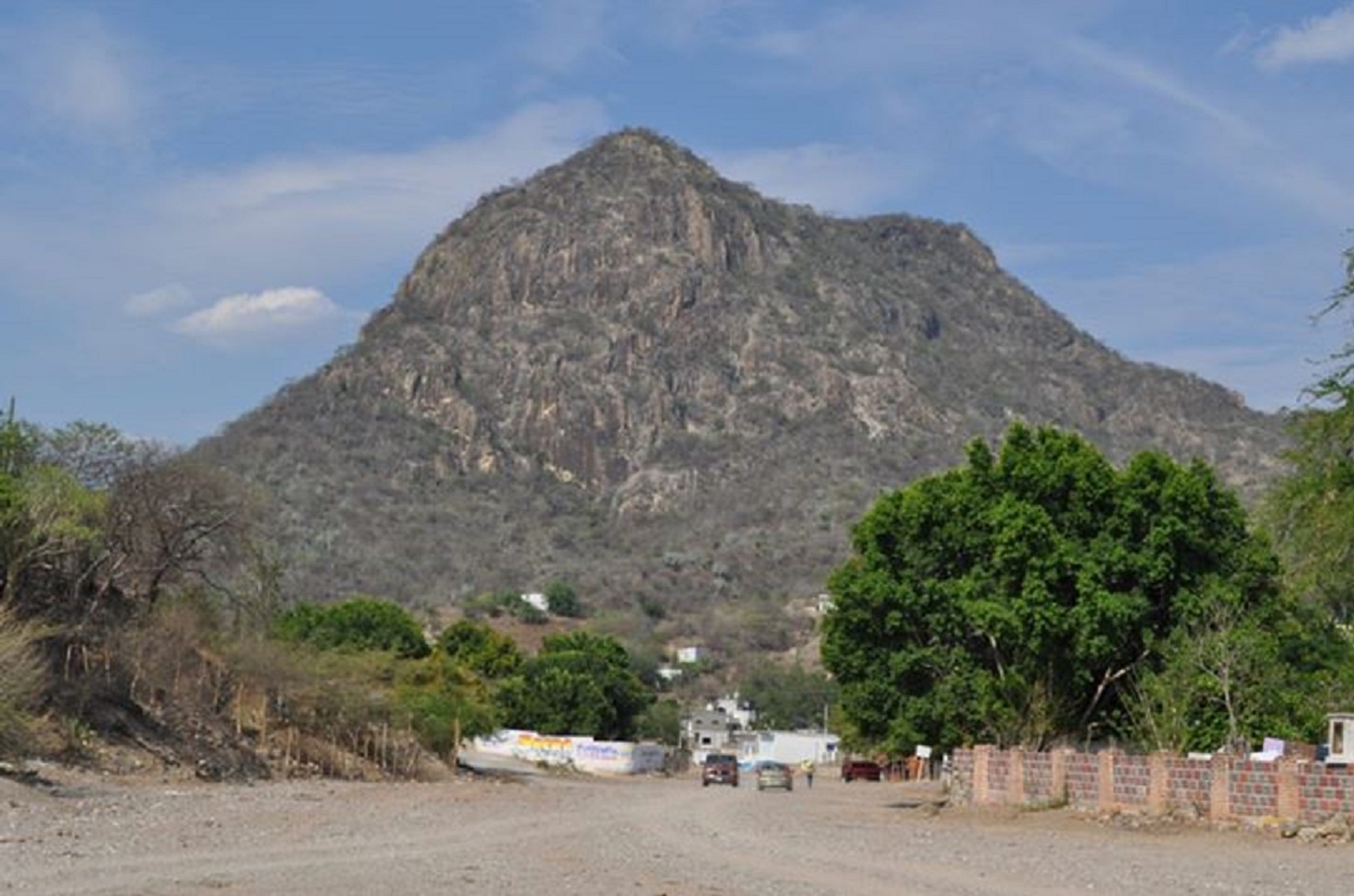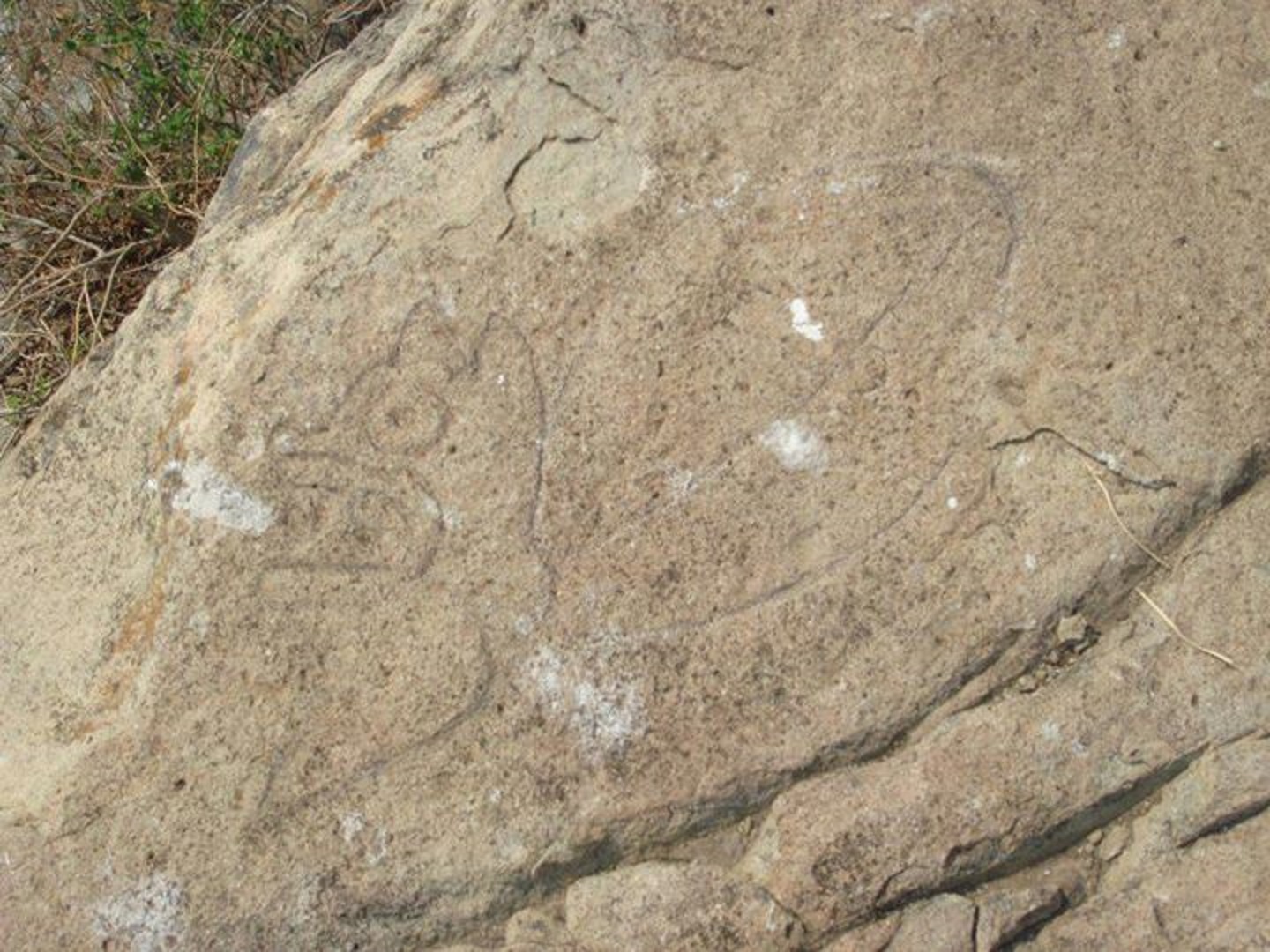La Gran Peña, origin of myths and legends in the Mixteca of Puebla and Oaxaca
It is a small community located in the wild region of the Mixteca, although nothing is known for sure about its origin.




Sunday, December 22, 2013 2:32 PM
Axutla, Pue.- In abandonment, exposed to looting and without the support of federal authorities for their protection, the archaeological zone of Huehuepiaxtla, on the border of the state of Puebla and Oaxaca, keeps a mystery that draws the attention of both locals and strangers, for the myths that have been created around the “Gigantesca Peña”.
Huehuepiaxtla is a community belonging to the municipality of Axutla in the Mixteca of Puebla, according to research and data collected from many years ago by the Chronicler Alejandro Pantaleón Calixto, strange beings may have lived in the heights of this rock.
According to the chronicler, it is a small community located in the wild region of the Mixteca, although nothing is known for sure about its origin, the only thing registered is that in 1606, these settlers belonged to the Piaxtla parishioners, since this is how He could appreciate in his respective books of baptisms, marriages, deaths, among other ecclesiastical records.
The Great Rock
Beyond what is known through written records, there is an oral tradition that brings us ancient information, which has been passed down from generation to generation, and which is rescued today in a legend, which explains the cause of the existence of great characters sculpted in stone, such as an "anthropomorphic figure, with the head of a bull, arms and instead of hands he has feline claws, legs and a feline's tail".
Pantaleón Calixto narrates that in Huehuepiaxtla, located next to the “Atoyaque” river, there is a huge hill, known as La Gran Peña, that stands out from all the local orography, difficult to access due to its height, but that at the top there is an obelisk and stone figures of different shapes and sizes.
Among the most striking and best preserved is the anthropomorphic figure with a bull's head, sculpted in stone using the bas-relief technique.
Likewise, he said that the testimony of a local is that the first inhabitants of the region lived in that rock, which they assure was very faithful to God, but there were also beings that always harmed, bit, and hit the inhabitants. They claim that strange beings had the ability to transform into animals, trees, or things; therefore, humans could not defend themselves or avoid being attacked.
The narrative concludes that God saw everything that was happening, so he decided to help humans, sending rays from heaven, which touched these rare beings, turning them into stone, and they were petrified in the last form they had adopted. According to the ancestors, this is the reason why there are so many strange figures on top of La Gran Peña in the Huehuepiaxtla community.
For years, this area has been the subject of legends about the existence of a cave in which there are more figures among Morras, among which the one of a golden calf stands out, which to date have not been verified. However, locals report that they have found vestiges such as arrowheads, obsidian beads, kitchen utensils, as well as stone walls more than a meter high, hidden underground.
https://municipiospuebla.mx/nota/2013-12-22/acatl%C3%A1n-de-osorio/la-gran-pe%C3%B1a-origen-de-mitos-y-leyendas-en-la-mixteca-poblana-y
 = new reply since forum marked as read
= new reply since forum marked as read



